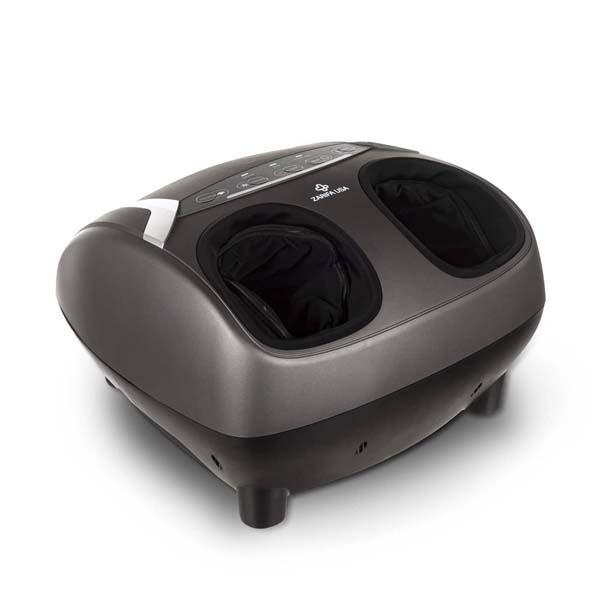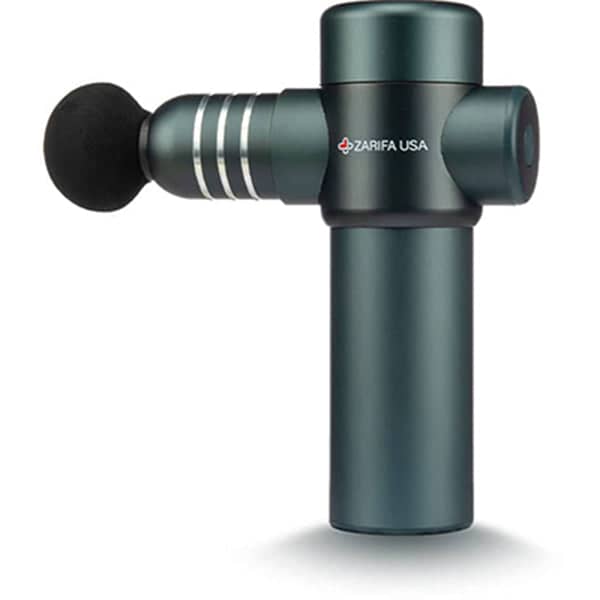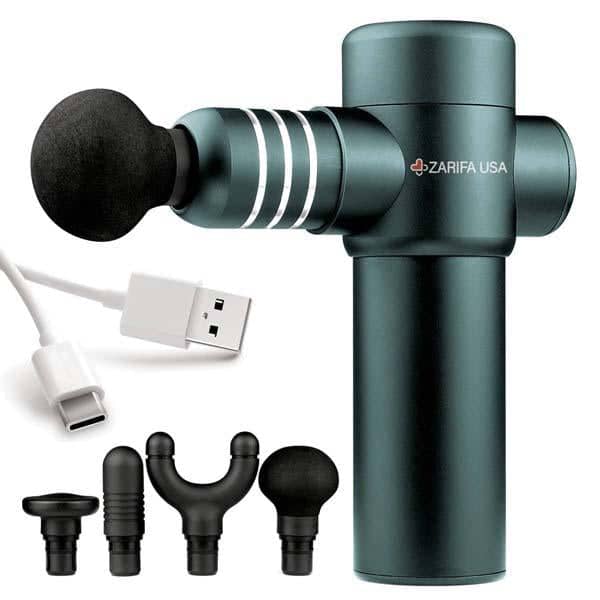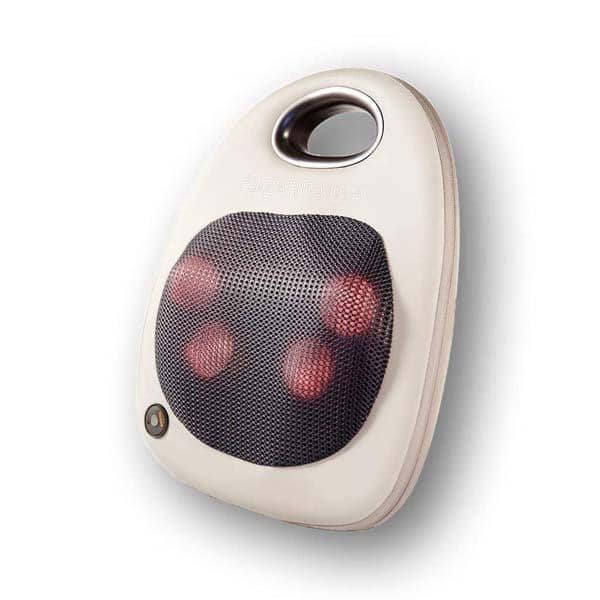Soft tissue massage targets muscles, tendons, and ligaments to offer relaxation and minor pain relief. This article explains its benefits, techniques, and how it differs from deep tissue massage.
Key Takeaways
- Soft tissue massage primarily targets outer muscle layers to promote relaxation, relieve minor pain, and improve overall well-being using varied pressures and techniques.
- Key benefits include relaxation and stress relief, improved circulation, and effective pain management, with a high success rate in symptom relief for conditions like muscle tightness and whiplash.
- Soft tissue massage differs from deep tissue massage by focusing on surface layers with lighter pressure, making it suitable for gentle relief, while deep tissue targets chronic tensions with more forceful techniques.
What is Soft Tissue Massage?

Soft tissue massage is a less intrusive massage technique that uses varied pressures, depths, and durations for therapeutic purposes. Unlike its deeper counterpart, this form of massage primarily targets the outer muscle layers, focusing on muscles, tendons, and ligaments to relieve tension and promote relaxation. The term ‘soft tissue therapy’ can be somewhat misleading, as it encompasses a wide range of body structures, including muscles, tendons, ligaments, fascia, soft tissue structures, and even nerves. Regular soft tissue therapy can be an effective way to address these areas.
Ideal for newcomers to massage therapy or those specifically seeking relaxation, soft tissue massage is designed to promote relaxation and minor pain relief. This method is especially effective for those seeking a gentle approach to alleviate stress and tension.
Addressing issues like muscle relaxation, tension reduction, and improved circulation, this therapy can significantly enhance your overall well-being.
Benefits of Soft Tissue Massage

The benefits of soft tissue massage are numerous and impactful. This therapy enhances relaxation, reduces stress, and improves circulation, making it a powerful tool for overall health improvement.
The specific benefits include relaxation and stress relief, improved blood circulation, and pain relief and muscle recovery.
Relaxation and Stress Relief
The primary goal of soft tissue massage is to promote relaxation and reduce stress. Focusing on the outer muscle layers with light pressure techniques, this massage effectively alleviates minor tension, enhancing overall well-being. Techniques such as gentle stroking and tapping are employed to promote a calming effect, making it particularly suitable for sensitive individuals.
Regular sessions can significantly improve mental and physical health by reducing muscle tension and promoting relaxation. These sessions target physical stress and help alleviate feelings of anxiety and loneliness, which have become more prevalent recently.
Soft tissue massage, through its gentle and effective techniques, offers a personalized approach to relaxation and stress relief.
Improved Blood Circulation
This form of massage enhances blood circulation throughout the body. Techniques such as gentle pressure and rhythmic movements facilitate venous return and increase arterial blood flow, which can lead to improved recovery from muscle fatigue, pain, and overall health.
Improved blood flow ensures that oxygen and nutrients are efficiently delivered to muscles and tissues, promoting better vitality and well-being.
Pain Relief and Muscle Recovery
One of the standout benefits of soft tissue therapy is its effectiveness in providing pain relief and aiding muscle recovery. Approximately 95% of initial treatments result in significant symptom relief, including reduced pain and stiffness. Techniques like trigger point therapy and myofascial release are particularly effective in addressing muscle spasms and tightness, helping to restore muscle fibers to a relaxed state.
Individuals suffering from conditions like whiplash or post-surgical complications can find considerable relief with soft tissue massage. Targeting specific muscle knots and trigger points, this therapy alleviates pain, enhances mobility, and improves overall muscle function.
Recovering from an injury or dealing with chronic pain, soft tissue massage offers a gentle yet effective approach to pain management and muscle recovery.
Techniques Used in Soft Tissue Massage

Various techniques are employed in soft tissue massage to manipulate the soft tissues effectively. Common techniques include kneading, stroking, and tapping, each playing a unique role in targeting different areas of the body.
Incorporating methods like myofascial release and trigger point therapy can further enhance the effectiveness of soft tissue massage.
Gentle Pressure Techniques
Light pressure techniques, a hallmark of soft tissue therapy, aim at relaxing the outer layers of muscles. Unlike deep tissue massage, which focuses on slow, firm strokes to reach deeper muscle layers, soft tissue massage employs varied pressures to address surface tension and promote relaxation.
Myofascial Release
Myofascial release is a specialized technique used in soft tissue therapy to relieve tension in the fascia that surrounds muscles. This method enhances both blood and lymphatic circulation, facilitating the removal of toxins and promoting better blood flow in congested areas.
Applying sustained pressure, myofascial release helps release tension and improve overall muscle function.
Trigger Point Therapy
Trigger point therapy relieves muscle knots and tension in specific areas by applying pressure to trigger points. This technique helps in releasing muscle tension and reducing pain in affected areas, making it an effective method for addressing chronic muscle tightness and discomfort.
Comparing Soft Tissue Massage with Deep Tissue Massage

Understanding the differences between soft tissue and deep tissue massage is crucial for choosing the right therapy. While both aim to improve muscle function and reduce pain, they differ significantly in their techniques and applications.
Soft tissue massage is generally less intense, focusing on relaxation and minor tension relief, whereas deep tissue massage targets deeper muscle layers with more forceful techniques.
Depth and Focus
Deep tissue massage targets deeper layers of muscle and connective tissue, using sustained pressure and slow strokes. This technique is particularly effective for severe tension and chronic muscle issues, accessing deeper muscle structures to alleviate pain.
Conversely, soft tissue massage focuses on the outer muscle layers, emphasizing relaxation and minor tension relief.
Intensity and Pressure
The primary difference in intensity and pressure between the two massage types lies in their application. Soft tissue massage employs lighter pressure, making it suitable for gentle stress relief and relaxation.
Deep tissue massage, on the other hand, uses more forceful techniques to address severe muscle tension and chronic pain.
Applications and Benefits
Soft tissue massage aids in relaxation, muscle recovery, and improving flexibility and range of motion. This massage helps in flushing out lactic acid and delivering oxygen-rich blood to tissues, enhancing overall muscle function.
Deep tissue massage, with its focus on deeper muscle layers, is more suitable for addressing chronic pain and severe muscular issues.
When to Choose Soft Tissue Massage

This massage is particularly effective for conditions like muscle pain, spinal disc issues, and postural problems. It is also beneficial for those experiencing tension headaches, whiplash, and nerve conditions, providing significant relief and promoting overall well-being. Individuals dealing with random muscle aches and pains that shift around the body can find considerable relief with soft tissue massage.
Post-exercise soft tissue massage can help reduce inflammation and promote faster recovery. This method is particularly effective in alleviating delayed onset muscle soreness (DOMS) following intense physical activity. Whether an athlete or someone looking to enhance overall health, soft tissue therapy can be a valuable addition to your wellness routine.
How Often Should You Get Soft Tissue Massage?
The frequency of soft tissue massage sessions can vary based on individual health needs and lifestyle factors. Experts generally recommend a massage once a month or every other month for most individuals. For specific medical issues or injuries, therapists may recommend more frequent sessions than those for relaxation.
Consulting a soft tissue massage therapist can help determine an optimal frequency tailored to personal needs. Some individuals may benefit from weekly massages, while others might find less frequent sessions sufficient. Those engaged in intense physical activities, such as athletes, may benefit from massages one to two times per week.
Finding a Qualified Soft Tissue Massage Therapist
When looking for a qualified soft tissue massage therapist, verify their certifications to ensure they meet professional standards. Seek therapists experienced in soft tissue therapy with a good understanding of the techniques and benefits involved.
Personal recommendations and online reviews can help in finding a reputable therapist.
Summary
In summary, soft tissue massage offers numerous benefits, including relaxation, improved blood circulation, and pain relief. Various techniques such as gentle pressure, myofascial release, and trigger point therapy make it a versatile and effective form of massage therapy. Understanding the differences between soft tissue and deep tissue massage can help you choose the best approach for your needs. Whether you seek relief from chronic pain, postural issues, or simply want to relax and de-stress, soft tissue massage can be a valuable addition to your wellness routine.
Frequently Asked Questions
What is the primary goal of soft tissue massage?
The primary goal of soft tissue massage is to promote relaxation and alleviate minor pain by employing gentle techniques that target the outer muscle layers.
How does soft tissue massage improve blood circulation?
Soft tissue massage improves blood circulation by applying gentle pressure and rhythmic movements that promote venous return and enhance arterial blood flow to muscles and tissues. This effective technique aids in overall nutrient delivery and waste removal within the body.
What are the key differences between soft tissue massage and deep tissue massage?
The key difference is that soft tissue massage employs lighter pressure for relaxation and minor tension relief, while deep tissue massage uses firmer techniques to address deeper muscle layers and chronic pain. Each technique serves distinct therapeutic purposes based on the level of tension or discomfort experienced.
How often should I get a soft tissue massage?
It is generally recommended to have a soft tissue massage once a month or every other month for most individuals. However, if you have specific medical issues or injuries, more frequent sessions might be necessary.
What should I look for in a qualified soft tissue massage therapist?
When seeking a qualified soft tissue massage therapist, prioritize verifying their certifications and professional experience in soft tissue therapy. Additionally, consider personal recommendations and online reviews to ensure a positive outcome.




















